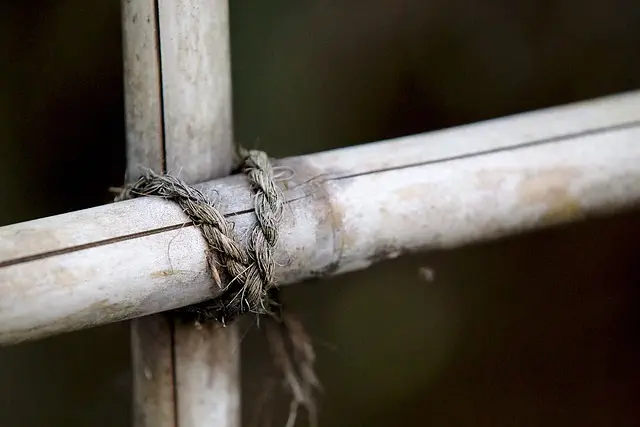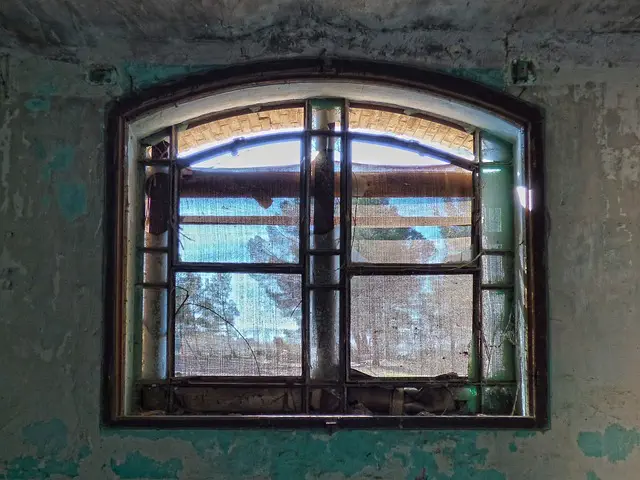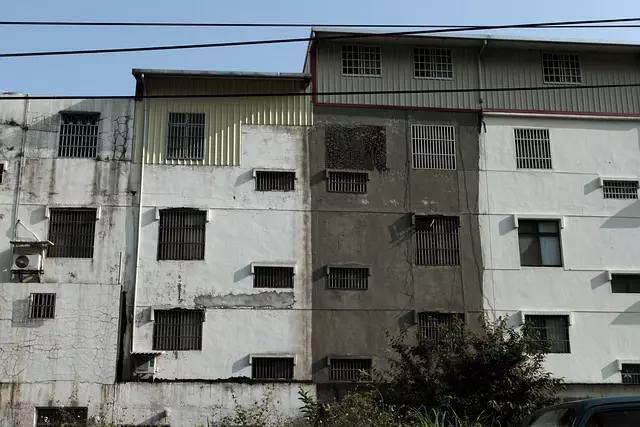To successfully cultivate kratom (Mitragyna speciosa) in Salt Lake City (SLC), despite its semi-arid climate, gardeners must replicate the plant's native tropical conditions by providing dappled sunlight, high humidity, and rich, well-draining soil with a pH of slightly acidic to neutral. Consistent watering is key, avoiding both drought and overwatering that could lead to root rot. Employ misting or humidifiers to maintain an environment similar to its Southeast Asian roots, and take measures to protect the plants from SLC's temperature extremes, particularly frost. Indoor cultivation can be a viable option, with careful management of light, temperature, and humidity. It's important to start with quality seeds or saplings and monitor the plants closely for signs of stress. Growing kratom at home in SLC not only offers the potential for sustainable, local supply but also provides access to fresh leaves that may offer therapeutic benefits for stress relief. Always adhere to local regulations and consult with botanical experts for best practices. For those interested in growing kratom in Salt Lake City, using keywords like 'grow kratom SLX' can lead to valuable resources and guidance.
Exploring the therapeutic potential of kratom for stress and anxiety relief, this article offers a comprehensive guide tailored for those in Salt Lake City looking to understand and cultivate kratom. We’ll delve into the unique conditions required to grow kratom SLC style, uncover the scientific mechanisms behind its calming effects, and provide a practical, step-by-step approach to establishing your own kratom garden as a natural home remedy for stress relief. Join us as we navigate the fascinating world of kratom cultivation and its benefits for mental wellbeing.
- Understanding Kratom Cultivation in Utah: A Guide to Growing Kratom in Salt Lake City (SLC)
- The Science Behind Kratom and Its Role in Stress and Anxiety Management
- Step-by-Step: Establishing a Kratom Garden for Stress Relief in Your Home Environment
Understanding Kratom Cultivation in Utah: A Guide to Growing Kratom in Salt Lake City (SLC)

Growing kratom (Mitragyna speciosa) in Salt Lake City, Utah, presents a unique set of challenges and opportunities for gardeners and plant enthusiasts interested in cultivating this tropical evergreen tree. Kratom is native to Southeast Asia and thrives in environments with high humidity and consistent moisture. To successfully grow kratom in SLC’s semi-arid climate, it’s crucial to mimic its natural conditions as closely as possible.
The first step in cultivating kratom in Salt Lake City is selecting the right location and soil. Kratom trees prefer rich, well-draining soil with a slightly acidic to neutral pH. A sheltered spot that receives dappled sunlight for most of the day is ideal, as direct sunlight can scorch the leaves. In SLC, this might mean using a greenhouse or creating a shaded outdoor area. Watering should be consistent but not excessive, allowing the soil to dry out slightly between waters. It’s also important to maintain high humidity levels around the plants, which can be achieved through misting or the use of a humidifier. Additionally, SLC growers should be mindful of the local climate’s temperature fluctuations and provide protection during extreme cold spells, as kratom trees are sensitive to frost. By understanding these specific needs and replicating the optimal growing conditions, residents of Salt Lake City can embark on cultivating their own kratom plants, potentially reducing stress and anxiety by engaging in this nurturing activity. Proper care and attention will yield a thriving plant that can be harvested responsibly for its well-documented benefits.
The Science Behind Kratom and Its Role in Stress and Anxiety Management

Kratom, a tropical tree native to Southeast Asia, has garnered attention in various botanical circles and among individuals seeking natural ways to manage stress and anxiety. The active compounds found in kratom leaves, known as mitragynine and 7-hydroxymitragynine, interact with the body’s opioid receptors, influencing neurotransmitters such as serotonin and dopamine, which play significant roles in mood regulation. Scientific research suggests that these interactions can lead to anxiolytic (anxiety-reducing) and analgesic (pain-relieving) effects. While the mechanisms behind kratom’s impact on stress and anxiety are still being fully understood, preliminary studies indicate that it may help alleviate symptoms associated with these conditions by promoting a sense of well-being and calm.
In regions like Salt Lake City (SLC), where the climate can be conducive to cultivating such botanicals, growing kratom has become a point of interest for hobbyists and commercial growers alike. The ability to cultivate kratom locally not only supports sustainable practices but also ensures a reliable source of high-quality kratom for those who use it as part of their stress and anxiety management strategy. Growing kratom in SLC requires careful attention to the plant’s specific environmental needs, including temperature, humidity, and soil conditions. This hands-on approach not only taps into a therapeutic hobby but also fosters a deeper understanding of the plant and its effects, allowing users to make informed decisions about its use for managing stress and anxiety symptoms. As with any supplement or herb used for health purposes, it is crucial to consult with healthcare professionals before incorporating kratom into one’s wellness routine.
Step-by-Step: Establishing a Kratom Garden for Stress Relief in Your Home Environment

Cultivating a kratom garden can serve as a natural and sustainable approach to reduce stress and anxiety within your home environment. To begin, it’s essential to understand that kratom, scientifically known as Mitragyna speciosa, thrives in well-drained soil with consistent moisture and partial shade. Start by selecting a suitable location in your home where these conditions can be maintained. In Salt Lake City (SLC), the climate can vary greatly between seasons, so consider this when setting up your garden. For instance, kratom trees prefer temperatures above 50 degrees Fahrenheit, making an indoor environment with adjustable lighting and humidity controls ideal.
Once you’ve established the perfect spot, obtain high-quality kratom seeds or saplings from a reputable source. Plant them in pots filled with a nutrient-rich, well-draining potting mix, ensuring each plant has enough space to grow without being overcrowded. Water your plants regularly, but be cautious not to overwater, as this can lead to root rot. In SLC, the dry climate may necessitate misting or additional humidity to mimic the kratom’s native environment. Monitor your plants closely for signs of stress, such as wilting or yellowing leaves, and adjust your care routine accordingly. With patience and consistent care, your home-grown kratom trees can become a calming presence, offering you access to fresh leaves that may contribute to stress relief and promote a serene atmosphere in your living space. Remember to adhere to local regulations regarding the cultivation of kratom and consult with a botanist or horticulturist for tailored advice specific to growing kratom in SLC’s unique environment.
Growing kratom (Mitragyna speciosa) in Salt Lake City, Utah, can be a rewarding endeavor for those looking to naturally manage stress and anxiety. This article has delved into the intricacies of kratom cultivation specific to the SLC climate, the scientific underpinnings of how kratom interacts with our bodies to alleviate stress and anxiety, and provided a detailed guide on setting up a kratom garden at home for ongoing stress relief. By understanding the optimal conditions for kratom cultivation and utilizing this knowledge, individuals can not only engage in a therapeutic gardening activity but also have access to a natural supplement that may aid in their well-being. As a final note, it’s always advisable to consult with healthcare professionals before incorporating any new substances, like kratom, into your health regimen. With careful attention and adherence to the guidance provided, you can grow kratom successfully in SLC and potentially enhance your mental health outcomes.






